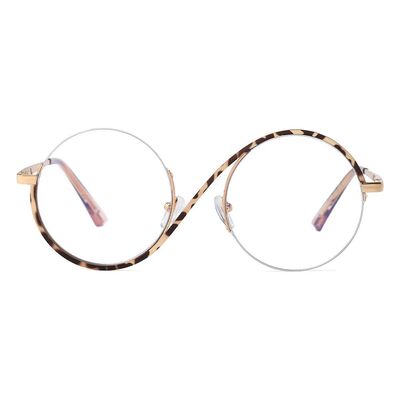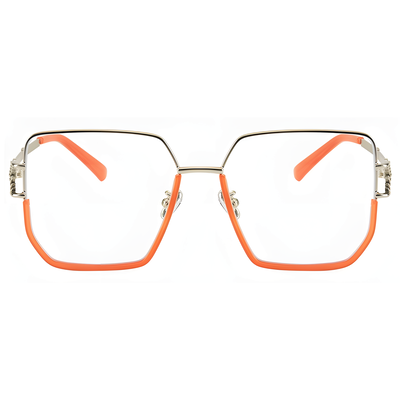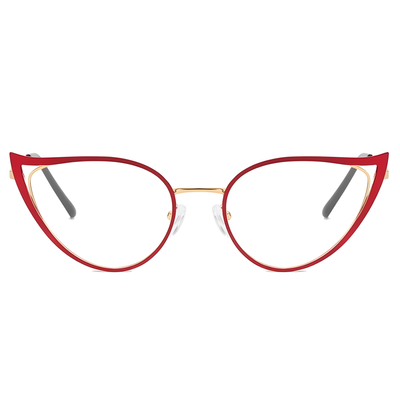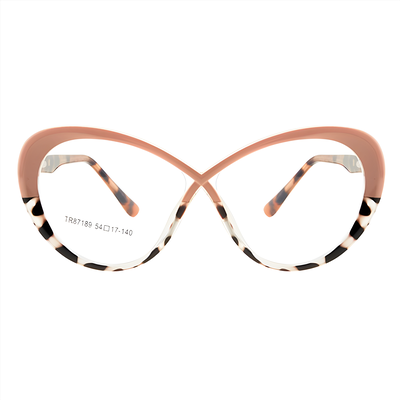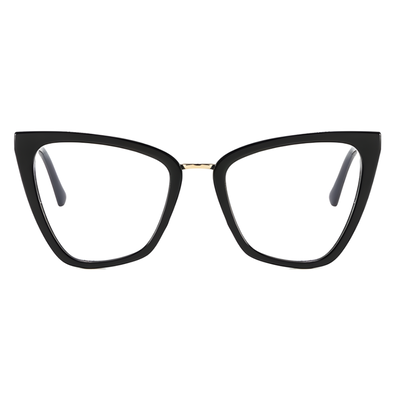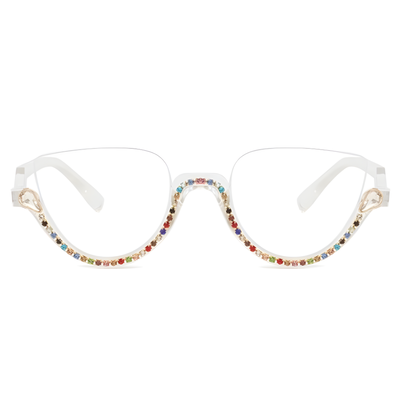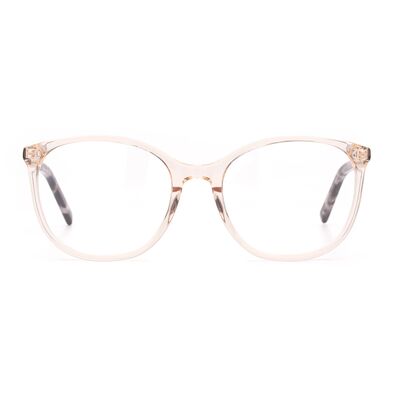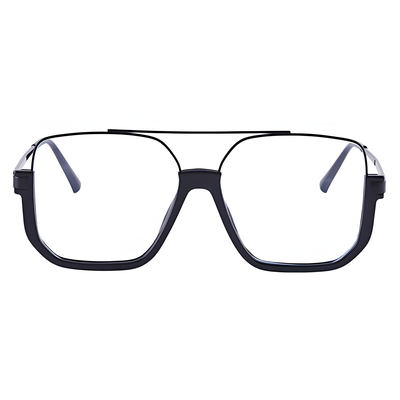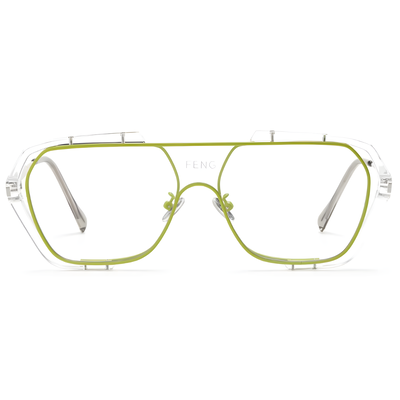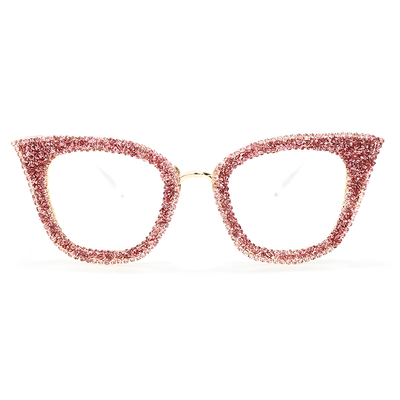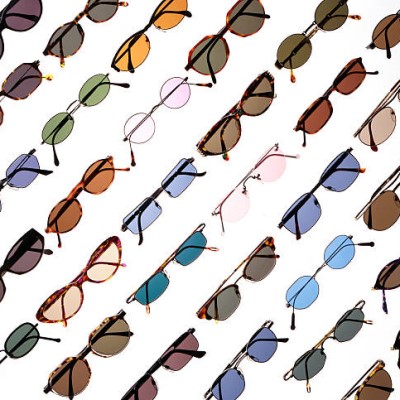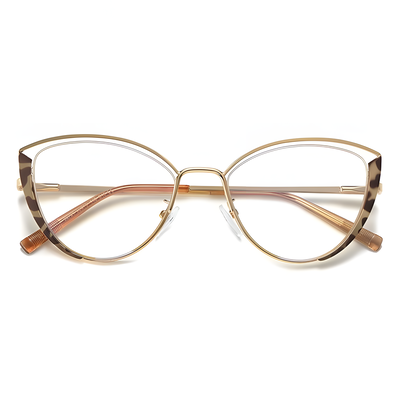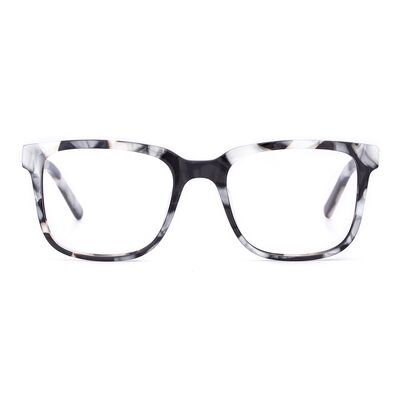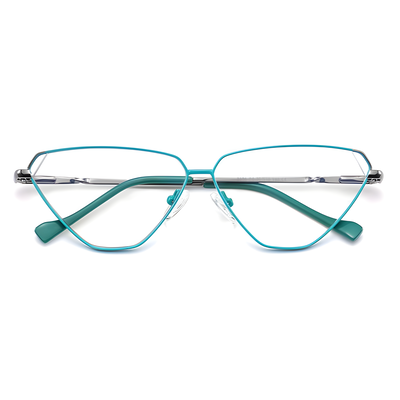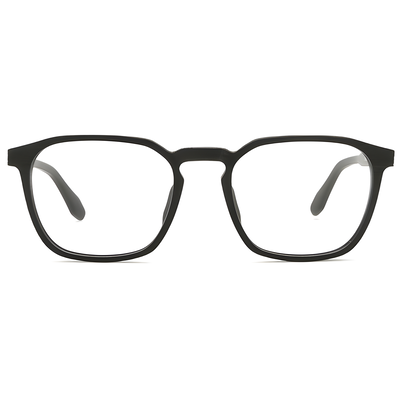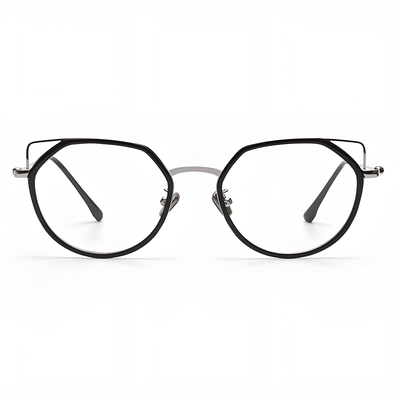What is the polycarbonate refractive index? How does it affect optical clarity? How does the refractive index affect your lenses? What are the benefits of using lenses made of this material?
Polycarbonate is a kind of thermoplastic polymer. It contains groups of carbonates in its chemical structure. Polycarbonate is a strong lightweight material and, in most cases, it’s optically transparent. It is mostly used as the prime raw material to make safety glasses, eyeglass lenses, compact discs, etc. as raw material, polycarbonate is strong, durable, and impact resistant. We will learn more about it in this article.

What is the polycarbonate refractive index?
First, we need to learn what the refractive index is. The refractive index is a measure used to determine the amount of light path that is bent while passing through an object from one medium to another. It gives us an indication through a number of the ability of an object to bend the light when it passes through its medium.
Now, polycarbonate is a material that has optical clarity. Thus, it has a refractive index. Polycarbonate refractive index is 1.59. And compared to many other optically transparent materials, polycarbonate ranks among the lower ones.
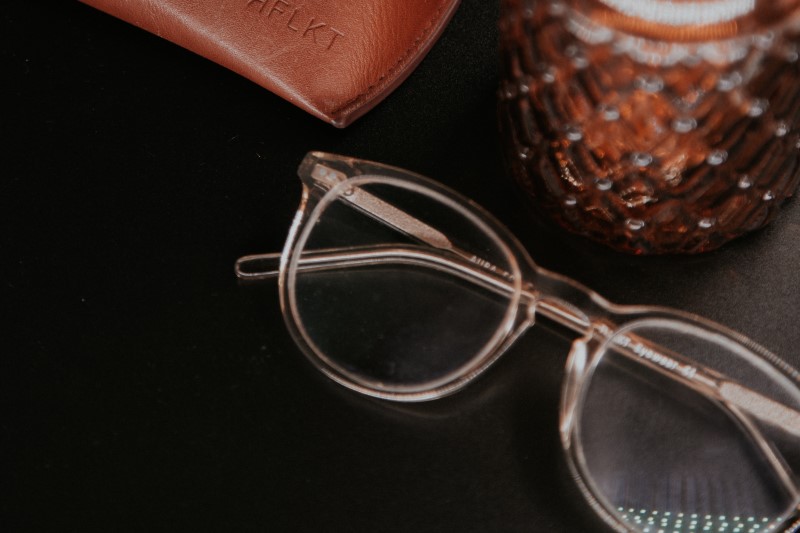
How does it affect optical clarity?
While the refractive index of polycarbonate is relatively low, typically around 1.59, it does not necessarily imply that it cannot achieve a high level of optical quality. Under appropriate manufacturing and processing conditions, polycarbonate material can attain excellent optical clarity. Its resistance to scratches and lightweight characteristics makes it widely applicable in fields such as eyeglass lenses. Therefore, the optical quality and clarity of a material cannot be solely judged based on refractive index and Abbe number; other factors such as manufacturing processes and surface treatments also need to be taken into consideration.

How does the refractive index affect your lenses?
The refractive index determines how much the path of light is refracted while entering and passing through an object. If the refractive index of a material or object is high, that means it bends lighter and the material is less transparent.
Now when it comes to your lenses, you would expect the refractive index of your lenses’ material to be as less as possible. Because you need to see everything clearly and comfortably through your lenses without putting any pressure on your eyes.
But there’s a catch. The less refractive index could also mean that the material of your lenses is more fragile and has less impact resistance. Lesser the refractive index, the more the chance that the object could break under a small amount of pressure. So, when it comes to optical clarity and ductility, refractive index measurement kind of balances off both ways.

Benefits of using high-index polycarbonate lenses
As we mentioned earlier, regular polycarbonate has a lower refractive index, but we can choose high-index polycarbonate lenses. Lenses that come with a high index tend to have more dimensional stability and ductility. High polycarbonate refractive index lenses are meant to be long-lasting and resist more impacts to protect your eyes. This is why safety goggles are made of high-index polycarbonate materials.
High-index materials are more dense than low-index materials. So, they reflect light accurately resulting in thinner lenses. In that case, high polycarbonate refractive index is a smarter option if you need stronger prescription lenses.
On top of that, high index lenses are much thinner and lighter than traditional low-index polycarbonate lenses. So, it’s more comfortable and less noticeable when you’re wearing them on your face. Especially, if you have a stronger prescription. That way, your lenses can be made up to the requirements of your prescription, and casually look thinner as well.

How does polycarbonate refractive index compare to other plastic materials?
In general, lenses made of polycarbonate materials tend to have higher index refraction than those made of normal CR-39 plastic material. So, the thickness of polycarbonate lenses is smaller than other material lenses in the same prescription. Light will bend more accurately if the lenses are made of materials that have a higher refraction index.

Wrapping up
High polycarbonate refractive index material is necessary to make powerful lenses without making them look bulky or too heavy. Not many people know about refractive index, polycarbonate, or other materials that are used to make strong prescription lenses. We discussed everything related to this topic in this article. Hope you have learned something about high and low-index polycarbonate lenses and got some ideas about this particular material and how it works.
